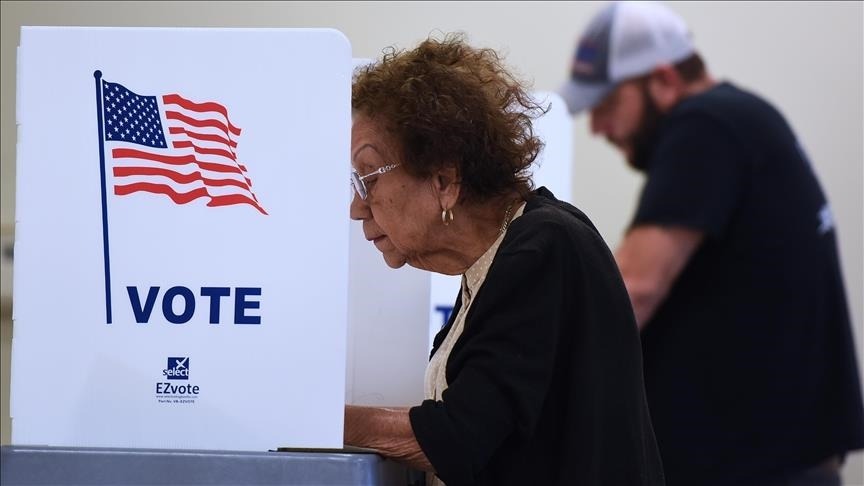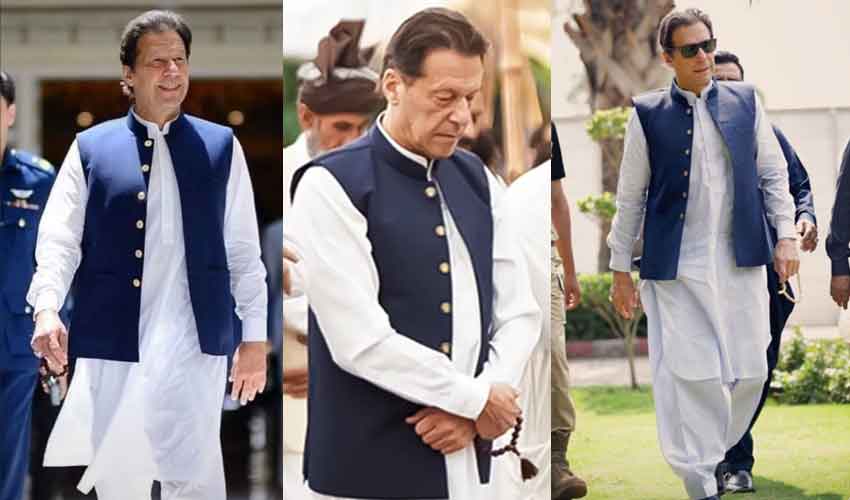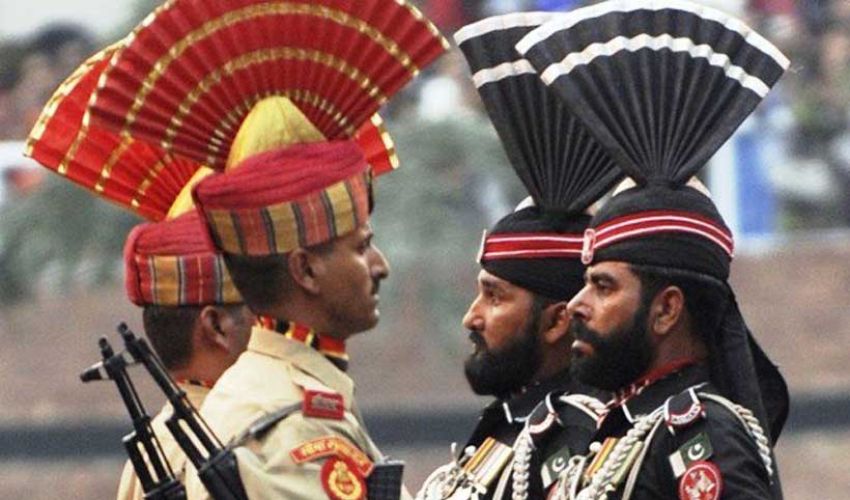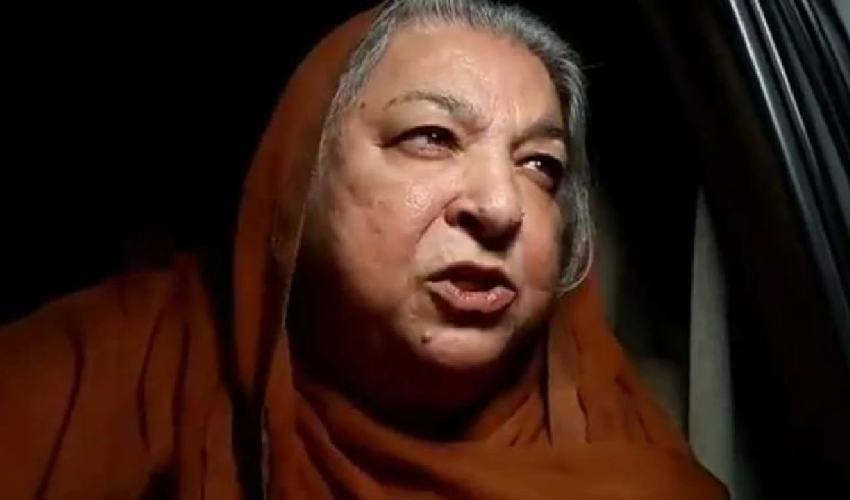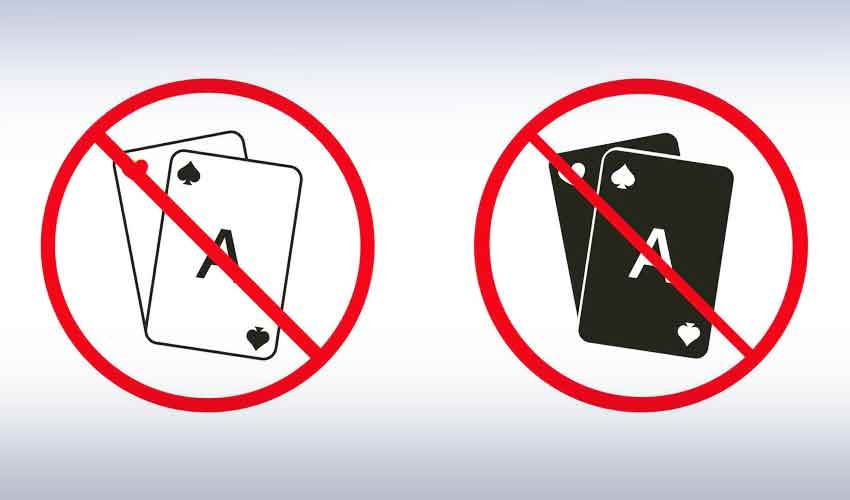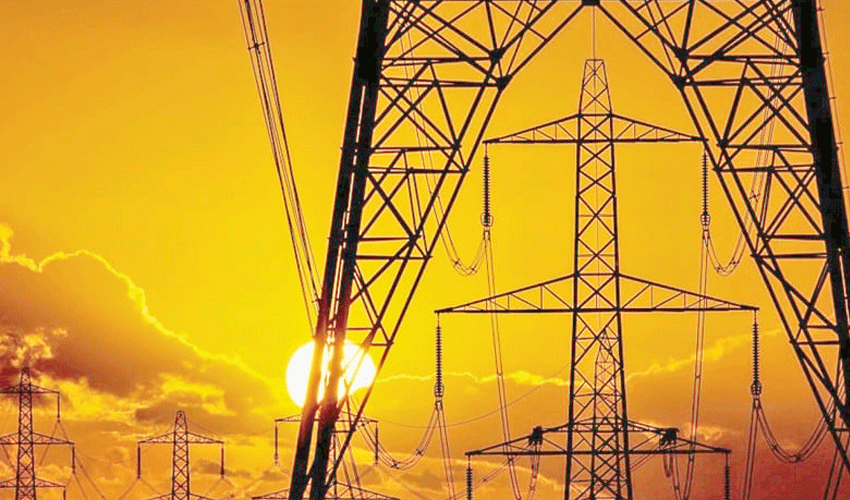Washington, D.C. - With over 69 million ballots already cast, early voting is reshaping the electoral landscape in the United States, suggesting that Election Day is evolving into what some are calling "Election Season."
As Americans increasingly turn to early voting options, the figures reveal a striking departure from traditional voting patterns and highlight a new era in U.S. democracy.
The trend is evident across critical battleground states, with millions taking advantage of early voting. In Georgia alone, 4 million ballots have been cast, marking approximately 80% of the state’s total votes from 2020. Meanwhile, Arizona and North Carolina have reported that nearly half of eligible voters have already participated, and Delaware has seen its highest pre-election turnout to date.
This pattern of early voting gained momentum during the COVID-19 pandemic, which forced states to adapt and broaden access to mail-in and in-person voting. Now, even as pandemic concerns ease, early voting remains a preferred option for many Americans. Barry Burden, director of the Elections Research Center at the University of Wisconsin in Madison, noted that for many citizens, “Election Day is just the end of voting now.” His comment underscores how early voting has effectively stretched the democratic process over weeks, rather than a single day.
Voting trends
The appeal of early voting cuts across party lines, with Republicans and Democrats alike tapping into this trend. Although former President Donald Trump has historically questioned the reliability of early and mail-in voting, he has shown a more favorable stance in recent campaign rallies. Trump, alongside his opponent, Vice President Kamala Harris, has urged voters to take advantage of early voting to ensure their voices are counted.
This shift is especially noticeable in states like Arizona, a long-standing battleground where early voting has become a fixture. By Friday, approximately 2.2 million ballots had been cast in Arizona, signaling a high level of civic engagement. In Maricopa County, the largest voting district in the state, turnout has surged, surpassing 2016 levels and nearing those seen in 2020. Analysts suggest this may be due to a shift in voter behavior, influenced by modern habits centered on convenience, similar to trends seen in online shopping and instant services.
Republican consultant Paul Bentz noted that early voting has become routine for many, particularly older voters. “It has become part of not only convenience but habit,” Bentz observed, noting how GOP messaging urging early voting appears to resonate with their base.
Early voting patterns by state
Early voting regulations vary significantly across states, offering differing levels of accessibility. In traditionally blue Maryland, a high percentage of registered voters turned out early, reflecting robust participation in the state’s eight-day early voting period. Similarly, Michigan introduced an in-person early voting option for the first time this year. By Saturday, around 2.8 million Michigan residents had cast ballots, with a substantial portion opting for early in-person voting, underscoring the system's initial success.
Yet, the shift towards early voting has not been without its complications. Pennsylvania, another swing state, does not offer conventional early voting but allows residents to cast mail ballots in person before Election Day. However, a surge in last-minute requests overwhelmed local election offices, leading to long queues and prompting legal action from the Trump campaign, which successfully obtained an extension for mail ballot requests.
In Wisconsin, one of the states at the center of the early voting surge, 1.3 million ballots have been returned through both mail and in-person methods. Despite this robust participation, the number trails the 1.7 million votes cast at the same stage in 2020. Claire Woodall, a former Milwaukee elections director, explained that while the demand for early voting remains high, there has been a marked shift towards in-person voting compared to the pandemic-driven reliance on mail ballots in 2020.
Motivations behind Early voting
For many voters, the convenience of early voting has become essential. In interviews across the nation, citizens expressed relief at avoiding potential obstacles on Election Day, including long lines, bad weather, and other logistical challenges.
One early voter in Houston, Texas, machinist Chris Loeser, decided to cast his ballot during his morning commute, seizing the opportunity as he saw a half-empty parking lot at a community center. “Let’s take advantage of this,” Loeser said, noting the ease of his experience. Such flexibility appears to be a major draw for voters who want to ensure their ballots are counted well before Election Day.
A Lasting Impact on Voting Behavior
Experts say that the shift toward early voting may not necessarily indicate an overall increase in voter turnout. Instead, many individuals who vote early are simply changing their method and timing, rather than representing a rise in new voters. Burden from the University of Wisconsin observed, “The research suggests these are mostly people changing their method and timing of voting, but they are not people who otherwise would sit home.”
Despite this, the unprecedented levels of early voting in 2024 highlight a significant shift in American democratic practices. What began as an emergency measure during the pandemic has, in many states, become a standard part of the election process, signaling that the era of a single Election Day may be giving way to an extended Election Season that reshapes civic engagement and participation in the years to come.





